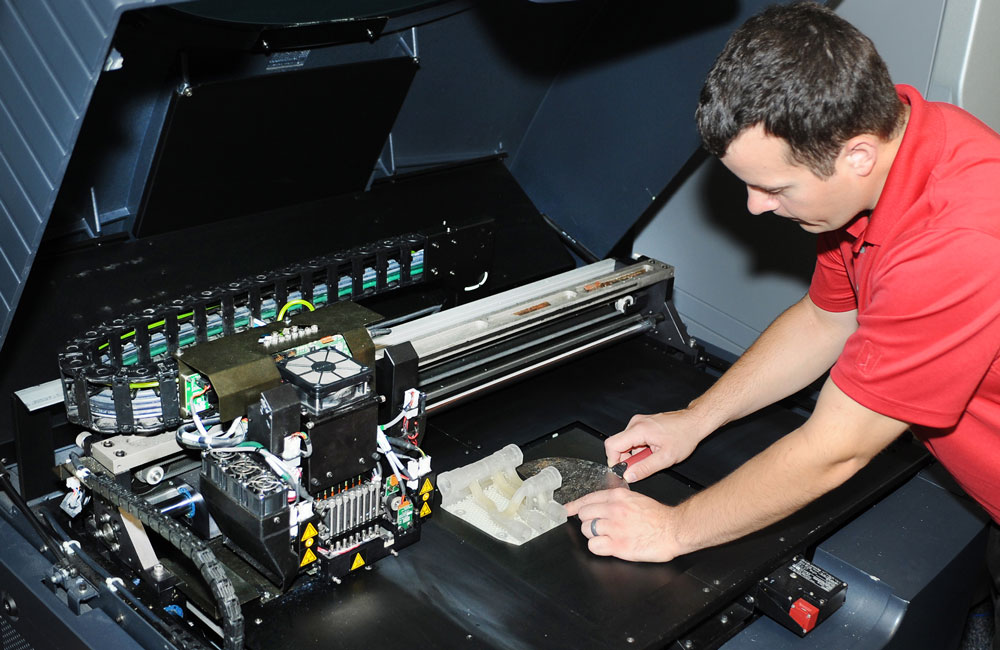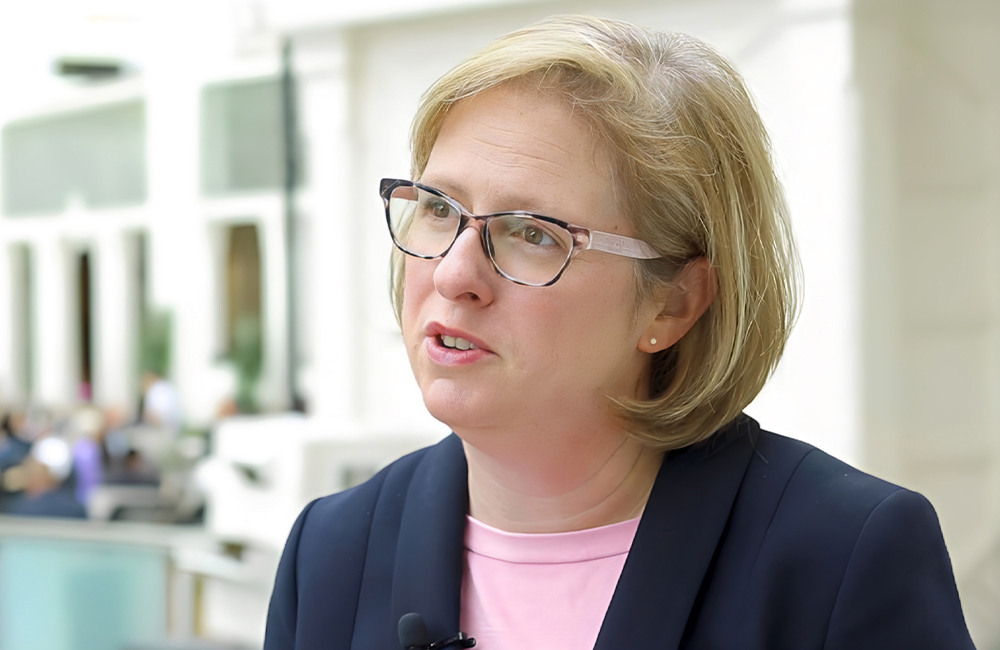Lessons from IRS on Changing Culture for Tech Modernization
There are different ways to build a culture of change, including business readiness assessments and employee engagement.

As agencies push forward on technology modernization, many federal IT leaders often find that changing an organization’s culture is the most difficult part. To overcome this, leaders across the federal space are strategizing to foster a culture that embraces technological change and modernization.
IRS Office of Online Services Director Karen Howard initially recognized the difficulty of changing an organization’s culture, which tends to get cemented over time.
“When you think about culture it’s really a group of people, employees, organizations with common and legacy practices, values and vision,” Howard said during a GovLoop event last week. “When you decide to try to change a culture, you’re really asking people to change what they’re doing. Unless you have a compelling reason or convincing business case that has a win-win to it, people are not naturally going to gravitate to that change because we innately go to, ‘This is the way I’ve always done things.’”
To encourage change within an organization, Howard said it’s important to build in change as part of the culture. She shared best practices to help agencies get there, with the first step being to make a clear articulation for why change needs to occur.
From there, Howard said the next key step is to conduct a business-readiness study.
“I would start by doing a business readiness study or assessment to see how mature your organization is and how prepared it is for change,” Howard said. “I think that’s a critical step. It helps an understanding of the cultural journey that you’ll have to take, how long it’ll take, the transformations that will need to happen that you’re about to undertake, and where the organization is in the change maturity cycle.”
Typical business-readiness assessments involve examining the current state of talent across the organization, as well as different considerations about employees, such as demographics, tenure, organizational structure and skillset gaps. Howard recommended also looking at the organization’s training programs, internal and external brand awareness, industry competitiveness, technological capabilities and customer perception of operational processes.
After holding the study, Howard said it helps to make change engaging for the organization’s employees by creating communication lines and strategies.
“Organizations should not only communicate the change they’re trying to make but make the entire organization a part of the change strategy through feedback loops and suggestion vehicles, active listening — specifically listening for common themes, frequent and inconsistent messaging about the change of robust and multi-touch engagement strategy,” Howard said. “There must be a top-down, bottom-up and middle-out comprehensive approach because no one of the three I just mentioned is going to work without the other chip.”
These engagement strategies can create a sense of inclusion for employees who may be hesitant to accept changes that come with modernization, Howard said. She added that it also builds trust, transparency and collaboration across the enterprise.
Another critical piece to encouraging change is embracing difficult conversations.
“Not everybody … will embrace the culture change and all the activities that go with it,” Howard said. “Leaders have to recognize change resistors and put in work to meet them where they are and bring them along. Don’t expect them to progress swiftly. Some will begin to progress toward the change faster than others, and some will resist, kicking and screaming all the way, and that’s okay.”
Lastly, Howard touched on how diversifying a work place can also help encourage change.
“Diversity spurs lively conversation,” Howard said. “It brings a kaleidoscope of ideas and never-ending learning that can be applied to an organization’s strategic vision. Organizations who embrace diversity will automatically evolve their culture with just that one simple act — bringing in people who think and see things differently.”
This is a carousel with manually rotating slides. Use Next and Previous buttons to navigate or jump to a slide with the slide dots
-

How Agencies are Upskilling the Workforce in AI
Federal officials are putting in place new training and education methods to ensure its overall workforce understands the technology.
3m read -

A Prepared Workforce is Key to Cyber Resiliency
Strong training strategies and emphasizing cyber hygiene basics enhance security practices at federal agencies.
2m read -

Navy Invests in Additive Manufacturing Workforce to Match Pentagon Strategy
DOD issued its Additive Manufacturing Strategy in 2021 to integrate with the private sector and create agile uses of the technology.
5m read -

Defense Officials: Cyber is a Sport That Needs Strong Teammates
Coast Guard, Marine Corps and Navy officials said they are working on new hiring strategies and partnerships amid evolving threats.
5m read




